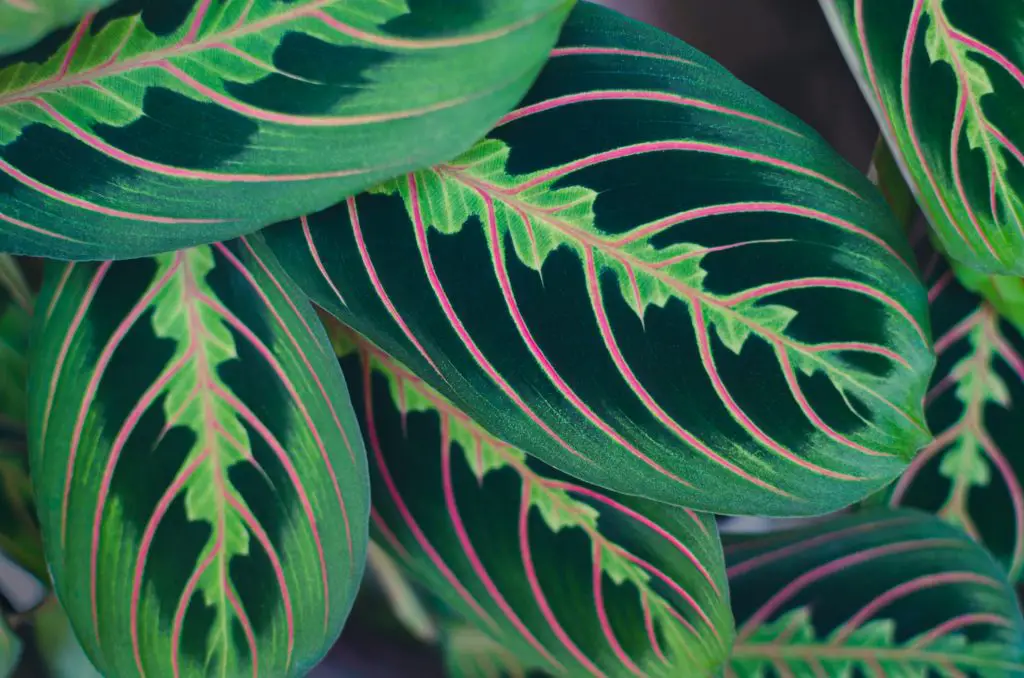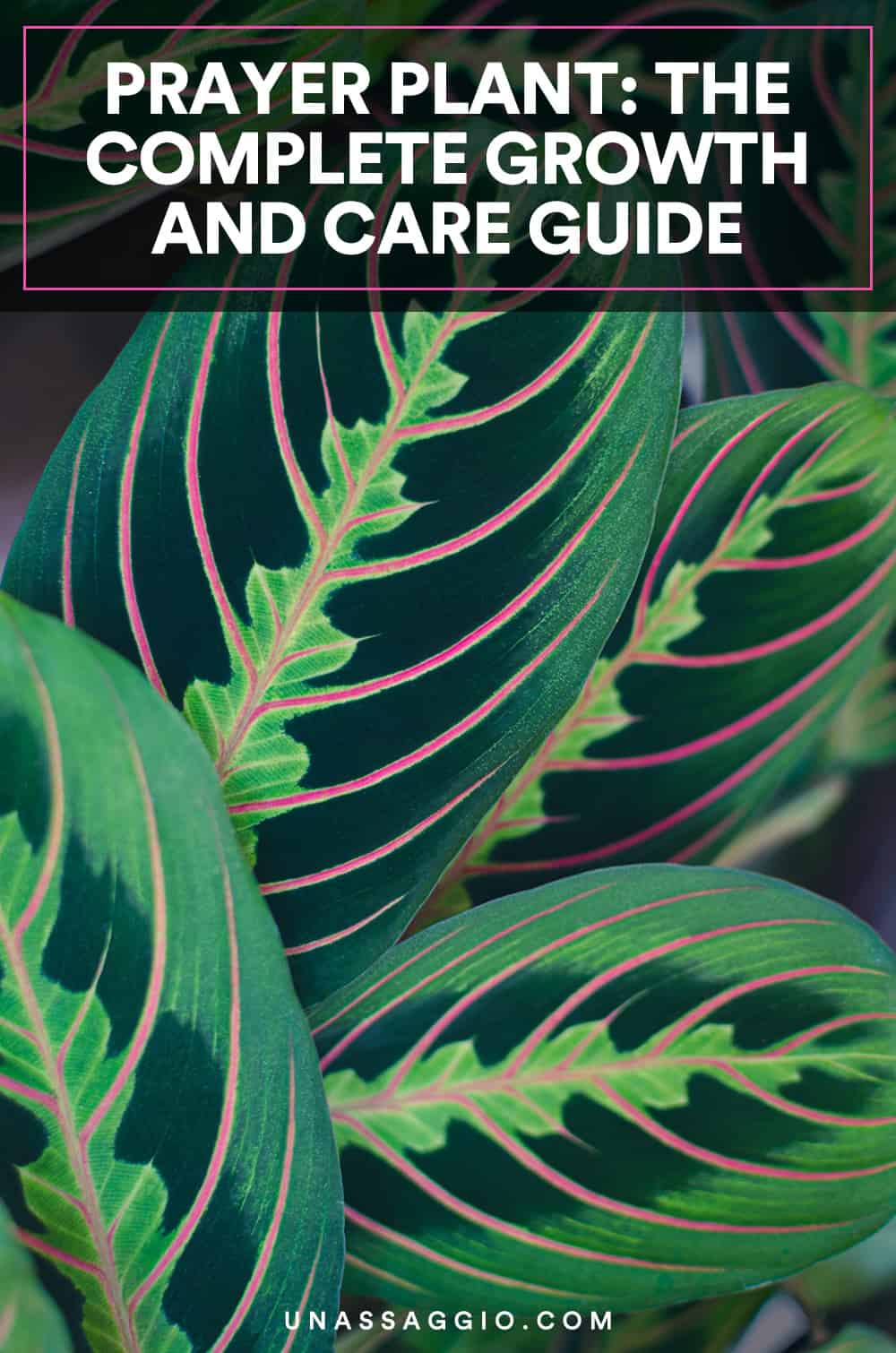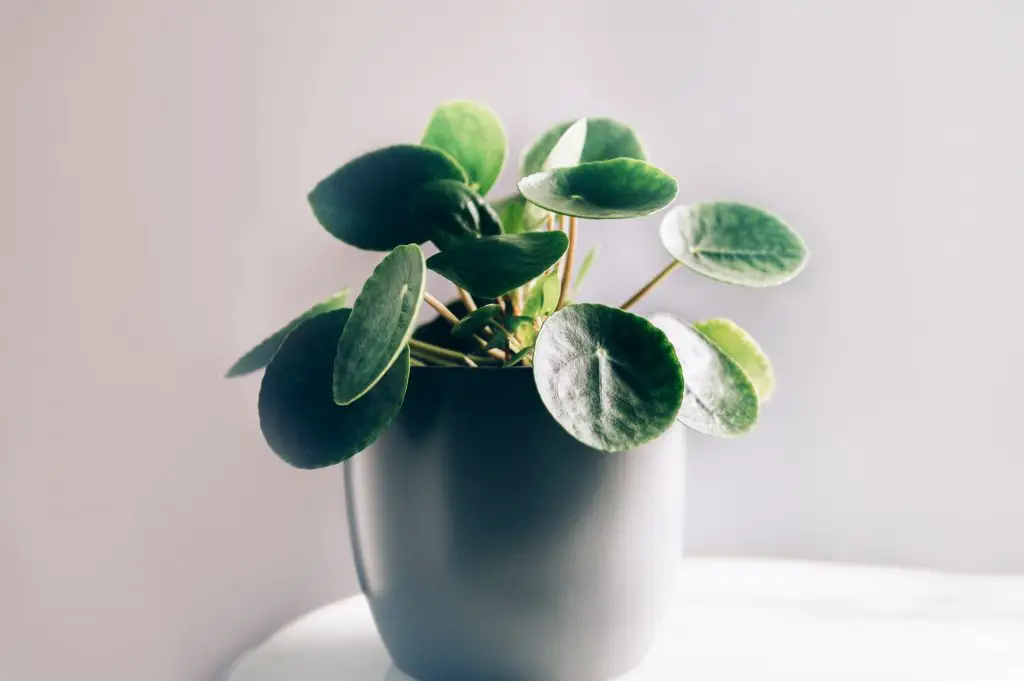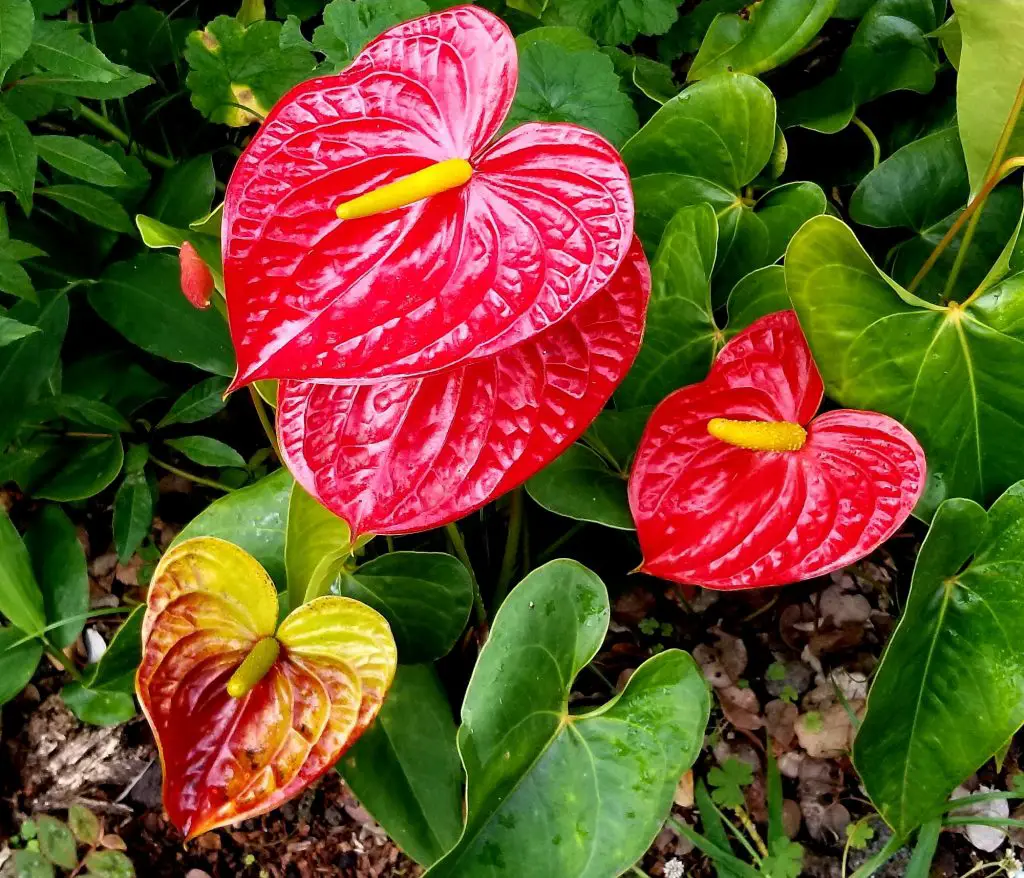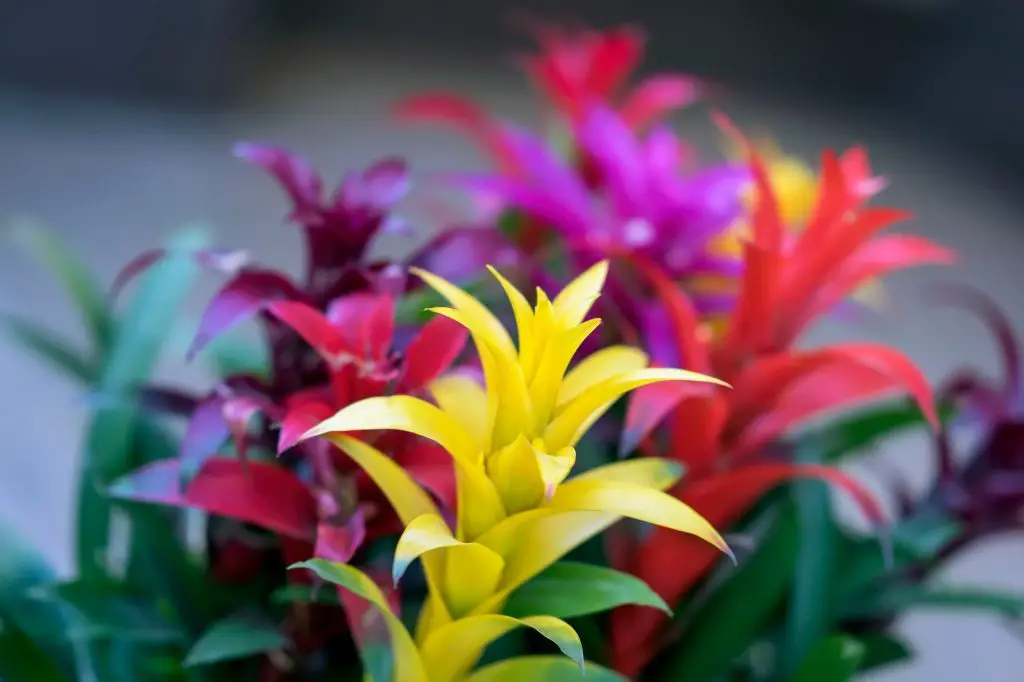This is a complete prayer plant propagation and care guide, in here you’ll find everything you need to care for this gorgeous and colorful indoor plant.
House plants in the home are quite beneficial; however, a lot of people do not keep houseplants in their homes for long because of how they are cared for. In caring for a houseplant, many things go wrong sometimes because we do not have adequate knowledge on how to care for them.
Some of the house plants we have in our home come in different types, which also affects how they are cared for. This article will discuss everything you need to know about one of our favorite house plants.
Table of Contents
The Prayer Plant Background
| Botanical name | Maranta Leuconeura |
| Common name | Prayer plant |
| Origin | Brazil, Asia |
| Preferred temperature | 65-75f(18-24C) |
| Light | Bright, indirect light |
| Water | Regular |
| Toxicity | Non-toxic to children and pets |
| Size | Plants: 12 inches tall Leaves: 6 inches long. |
The name prayer plant is a common name for different species of herbaceous plants. They are of the Marantaceae family, they are perennial plants which means that they grow and stay alive for more than one year. This family is made up of 31 genera and about 550 different species.
The maranta leuconeura which is our focus is a colored tropical plant from South America, it is known for its oval leaves, it grows to about 30cm. The prayer plant comes in a variety of colors, from light green to brown, gray, dark red to bright green.
The name” prayer plant” was given because of how the plant folds and raises skyward like hands in prayer. Prayer plants are best known as indoor, however, some species do well when placed outdoor. Unknown to so many of us, prayer plant does produce flowers, this is one of the benefits of growing it outdoor.
Planting and growing prayer-plants are not difficult; however, it involves specific requirements. As a plant from the tropical forests, there are specific needs that the plant requires i.e. Light, temperature, and water.
The inability to meet these needs makes it seem hard to a lot of people who do not know this.
Prayer Plant Propagation Requirements
The following are requirements you need to help you plant and grow a prayer plant.
1. Light
Bearing in mind that the prayer plant is from the tropical forest, it is important to note that it doesn’t require direct sunlight, this is because direct sunlight or too much light on them will result in faded color, leaf scorch, and brown blotches on the leaves.
The prayer plant thrives and blooms properly in bright, indirect light. If you will be placing it indoors, you might want to place it where too much light won’t get to it.
2. Soil
For a Prayer plant, the soil has to be perfect. This means there cannot be a mistake in the preparation of the soil for the plant. Prayer plant requires acidic soil, with a pH of 5.5 to 6.
You can make use of pre-packaged potting soil, however, make sure it is properly drained. Like many other plants, well-drained soil is a must for healthy growth. The soil mustn’t be too dry or too moist.
3. Humidity
Like many other plants from the tropical forest, the prayer plant tolerates a humid environment. Especially if you will be growing the prayer plant indoor, then you must make provision for high humidity.
You can increase the humidity inside by getting a humidifier, or by growing your plant close to other green plants so that they will maintain a constant level of humidity, you should also watch and get rid of the things that steal moisture from the air, for example, heaters, etc.
4. Potting
When preparing to plant a prayer plant, the right kind of pot to get is a plastic pot. This is because the terracotta-made pot will dry out the soil. A plastic pot with a drainage home in it is best. You should also make sure the pot is shallow; this is because the root system of the plant is also shallow, and so it makes it less likely to overwater.
[Quick Tip]
As common to many-colored houseplants, Prayer plants do not require direct full sun. placing it in full sun will harm the plant than do good to it, it enjoys indirect light and this is attributed to its origin.
Prayer Plant Propagation
Propagating prayer plants is one of the many things people have questions about. The following are some of the ways to propagate the prayer plant.
1. Grow Prayer Plant From Stem Cutting
This is the most popular of all the methods of propagation; it is also the easiest method to increase the plant supply. Cut the plant, below the nodes, close to the bottom of the stem, this is the point where leaves will form from the stem. Dip an inch of the cutting into some water then into a rooting hormone.
After this is done, move the cutting into its pot. Make sure the soil in the pot is well-drained and moist. You can cover it with a plastic bag, for proper ventilation and moisture.
2. Slip Propagation
This is another common way of propagating prayer plants. Pick a healthy plant, if it has different stems, and divide them into slips. Get ready a pot and some potting mix, remove the plant from its present pot, brush off the soil/sand on it so you see the roots.
Remove clumps of stems and roots with your fingertip and replant them in new pots, the same way they were planted before. Each of the skips will bring forth new plants.
3. Propagate From Seed
Is it possible to propagate from seed? Absolutely! However, it can be hard to find a prayer plant seed. You can collect some seeds from their flowers when they fade. sow your seed in moist, soil between 55-65 degrees temperature.
Retain moisture by covering the seed with a plastic bag (if you are sowing into a pot). Place them in a less humid condition and as they grow, expose them to more humidity.

